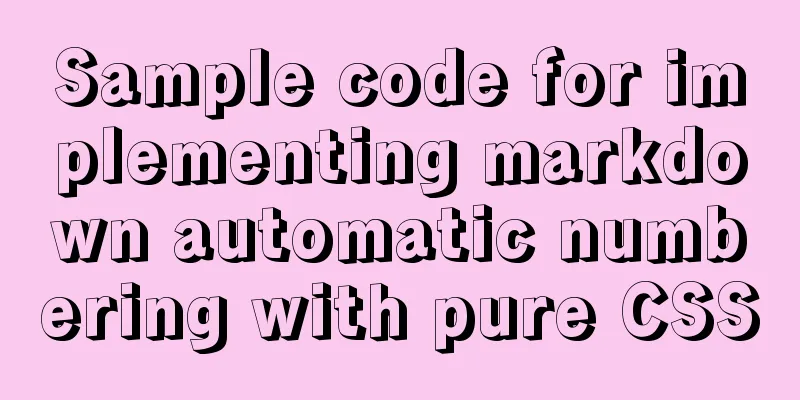Vue state management: using Pinia instead of Vuex

1. What is Pinia? So there was the emergence of Pina Compared with vuex:
The Pinia documentation has this to say:
So learning 2. Pinia is easy to useFirst, we initialize a vite+vue+ts project pnpm create vite pinia-demo -- --template vue-ts Install pinia pnpm i pinia Open the project, edit the main.ts file in the src directory, and import Pinia //main.ts
import { createApp } from 'vue'
import App from './App.vue'
import { createPinia } from 'pinia'
createApp(App).use(createPinia()).mount('#app')
Create a import { defineStore } from 'pinia'
export const useCounterStore = defineStore('counter', {
state: () => {
return {
count: 0,
}
},
getters: {
doubleCount: (state) => state.count * 2,
},
actions: {
increment() {
this.count++
},
},
})
We can also use a callback function to return export const useCounterStore = defineStore('counter', () => {
const count = ref(0)
function doubleCount() {
return count.value * 2
}
function increment() {
count.value++
}
return { count, increment }
})
Next we use <script setup lang="ts">
import { useCounterStore } from './store/counter'
const useCounter = useCounterStore()
</script>
<template>
<h2>{{ useCounter }}</h2>
<h2>{{ useCounter.count }}</h2>
<h2>{{ useCounter.doubleCount() }}</h2>
<button @click="useCounter.increment">increment</button>
</template>
<style>
#app {
font-family: Avenir, Helvetica, Arial, sans-serif;
-webkit-font-smoothing: antialiased;
-moz-osx-font-smoothing: grayscale;
text-align: center;
color: #2c3e50;
margin-top: 60px;
}
</style>
In the process of using
The browser runs as follows:
Open the developer tools to view
Pinia has multiple ways to modify the state:
const countPlus_1 = useCounter.count++ Use const countPlus_2 = useCounter.$patch({ count: useCounter.count + 1 })
const countPlus_3 = useCounter.$patch((state) => state.count++)
The const { count } = storeToRefs(useCounter)
3. User experience For small projects, state management focuses more on convenience and speed (you may not even need it), so vuex is a little complicated. When vue3 was released in This is the end of this article about Vue state management using Pinia instead of Vuex. For more relevant content about using Pinia instead of Vuex, please search for previous articles on 123WORDPRESS.COM or continue to browse the following related articles. I hope everyone will support 123WORDPRESS.COM in the future! You may also be interested in:
|
<<: Common functions of MySQL basics
>>: Web design dimensions and rules for advertising design on web pages
Recommend
VMware vsphere 6.5 installation tutorial (picture and text)
vmware vsphere 6.5 is the classic version of vsph...
Talking about Less and More in Web Design (Picture)
Less is More is a catchphrase for many designers....
Some thoughts and experience sharing on web page (website) design and production
First, before posting! Thanks again to I Want to S...
Introduction to MySQL overall architecture
The overall architecture of MySQL is divided into...
Three ways to align div horizontal layout on both sides
This article mainly introduces three methods of i...
Introducing the code checking tool stylelint to share practical experience
Table of contents Preface text 1. Install styleli...
mysql uses stored procedures to implement tree node acquisition method
As shown in the figure: Table Data For such a tre...
Linux user and group command example analysis [switching, adding users, permission control, etc.]
This article describes the Linux user and group c...
MySQL 8.0.22 winx64 installation and configuration method graphic tutorial
The database installation tutorial of MySQL-8.0.2...
Implementing add, delete, modify and query operations on MySQL based on sqlalchemy
Demand scenario: The boss asked me to use the cra...
How to add Nginx to system services in CentOS7
Introduction After compiling, installing and solv...
Detailed explanation of various join summaries of SQL
SQL Left Join, Right Join, Inner Join, and Natura...
Vue uses drag and drop to create a structure tree
This article example shares the specific code of ...
CSS multi-column layout solution
1. Fixed width + adaptive Expected effect: fixed ...
How to modify the "Browse" button of the html form to upload files
Copy code The code is as follows: <!DOCTYPE HT...














